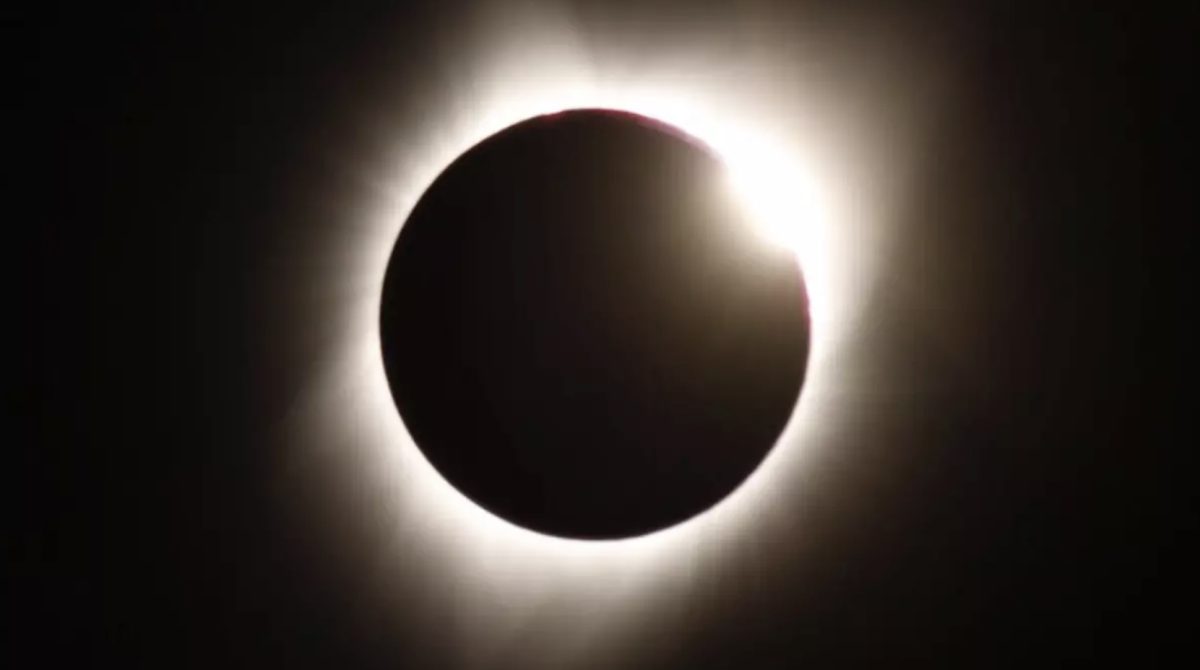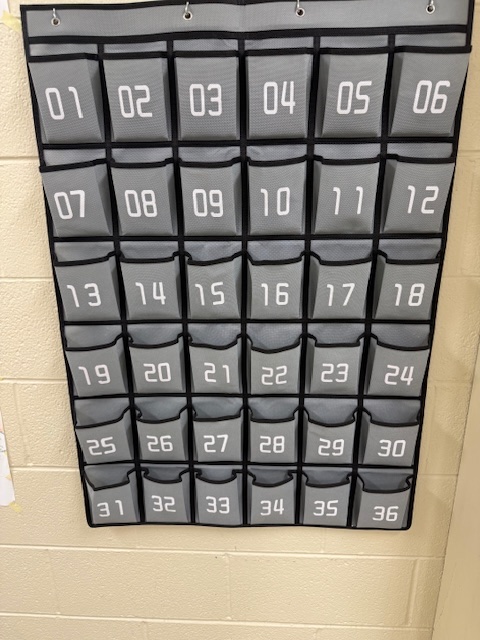The moon passes between the sun and the earth, thereby blocking the sun’s light from a small portion of the earth. This natural phenomenon is known as the solar eclipse. This alignment happens approximately every six months, during the eclipse season in its new moon phase, when the Moon’s orbital plane is closest to the plane of Earth’s orbit. But in a total eclipse, the view of the sun is completely obscured by the moon. Although total solar eclipses occur somewhere on Earth every 18 months on average, they occur at any given moment only once every 360 to 410 years.
If the Moon were in a perfectly circular orbit and in the same orbital plane as Earth, there would be total solar eclipses once a month. But, because the Moon’s orbit is tilted at about 5 degrees to Earth’s orbit, its shadow usually misses Earth. Therefore, solar eclipses happen only during eclipse seasons, causing at least two, and up to five, solar eclipses every year. Total eclipses are rarer because they require a more precise alignment between the centers of the Sun and Moon, and because the Moon’s apparent size in the sky is sometimes too small to fully cover the Sun.
The Great North American Eclipse occurred this week on April 8th. According to my resources, the eclipse had begun in Mexico at about 11:07 a.m. PDT, Monday, April 8 before crossing into Texas at 1:27 p.m. CDT. It had end in Maine at 3:35 p.m. EDT. Millions of people were treated to stunning views as the moon passed between Earth and the sun and temporarily blocked the sun’s light. In OLCHS, students were able to see the eclipse with special eclipse glasses at the football field during school time. Students found their friends, sat on the field or the bleachers and watched the most anticipated celestial event of the year.






